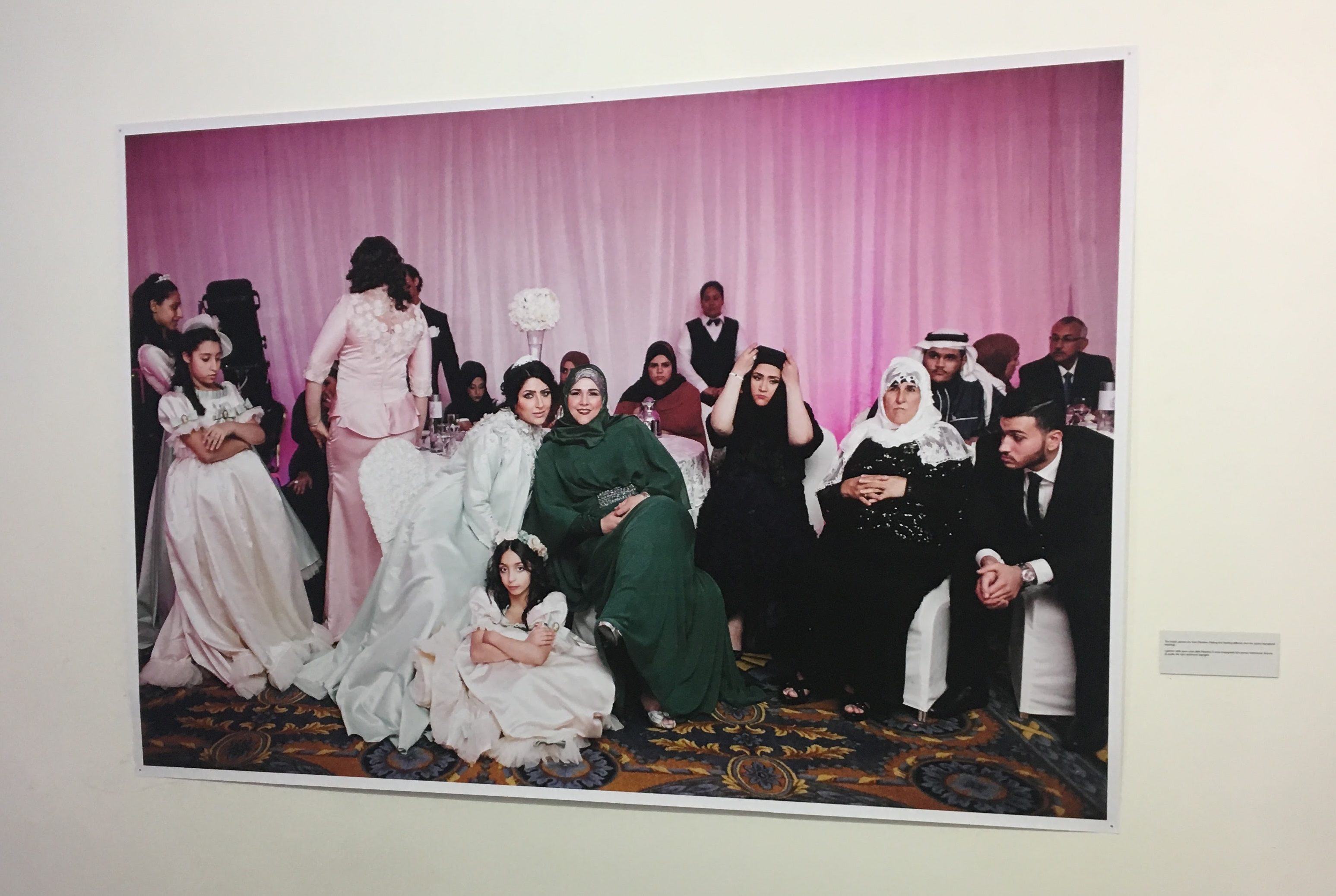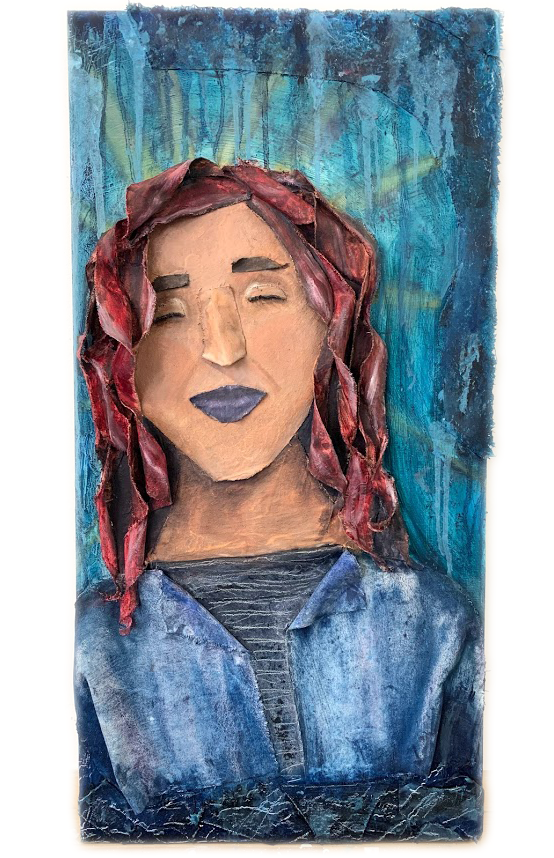Since September 2, 1945, there have been many commemorative buildings, monuments, and works of art that help to remind viewers of the tragedies during the Holocaust and reflect on that time period of history in today’s world. Some of these include Eisenman’s Memorial to the Murdered Jews of Europe and Libeskind’s Holocaust Tower and Garden of Exile and Immigration, which are placed in unexpected juxtapositions throughout everyday locations. The Berlin Wall has become a universal symbol of freedom and the struggle against oppression. This year will be the 30th anniversary since the Wall was dismantled, but even despite its history, we in today’s world have yet to learn the lesson is stands to teach.
To explain this piece, we have to jump to December 15, 2005, when the U.S. House of Representatives passed Congressman Duncan Hunter’s amendment to the Border Protection, Antiterrorism, and Illegal Control Act. This amendment required the building of border fence at five strategic locations along the U.S. border shared with Mexico. Supporters used the fence separating San Diego and Tijuana as proof that border walls “work,” thus the Wall debate ensued. While the majority of American citizens claimed that a Wall would protect the country from terrorism, drug-trafficking, and illegal immigrants, others question the purpose, effectiveness, and impact of such a barrier. In fact, the majority of citizens in border cities fear that ‘the Wall’ or ‘al Muro’ will sever important historically-grown cultural, social, and economic ties; jeopardize wildlife habitats; and may lead to flooding and destruction should a hurricane rupture the vulnerable levees of the Rio Grande River.
Like East Germany in 1961, the United States is in a unique political, historical, geographical, cultural, and economic position which has prompted the Wall proposal. Both walls were meant as barriers against foreigners, expensive to build and maintain, and would keep people seeking freedom and opportunity locked in poverty and desperation. Similarly, the U.S. Wall could also be used by foreign enemies and critiques as a symbol of American hypocrisy, ethnocentrism, and cultural superiority. By building the Wall, America would be giving a magnifying glass to the rest of the world, just as the Berlin Wall did. Additionally, neither wall has or will stop the flow of ideas, information, and cultural exchanges among various communities.
With this in mind, I began my four by six-foot painting. I wanted to show the importance of learning from history to understand the future in an art form, so I decided to take a look at modern artists who comment on current politics in their art. Banksy is an enigma of an artist as no one knows who he is or if he even exists. Most of the world considers his work as “street art,” but like many artists, he does not conform to being put in a category. Rather “it’s something new and infinitely more interesting that we are implicitly a part of.” Banky uses the streets as a political battle ground without barriers. Much like the works of art memorializing the Holocaust, Banksy’s work can be found in ordinary locations and brings authentic conversation and critical thought into the everyday lives of passersby. Using this idea of putting art in ordinary spots, I will be sharing my work with the rest of the St. Norbert campus to cultivate similar conversation and thought.

The piece, “History Repeats” shows the image of the Berlin Wall as it stands today, with the cobblestone line that follows the original Wall in view. In the forefront is seen the German flag which is clearly recognizable and reminds people of the post WWII environment. Almost blurred out in the background is the American flag, which connects the two histories. Small figures of unidentifiable people are in view behind the wall, to remind us of who we are directly affecting regardless of whether or not we are aware of it.
I want this piece to stand as a both a tribute to the past and warning for the future. My hope is that by sharing images like this, others can grow in awareness about these issues and critically consider how their actions might go beyond themselves. We can learn from Germany’s culture of redemption that played a central role in the European project of restoring humanity. The fall of the Berlin Wall signified the restoration of normalcy in Europe.
Our global community has come a long way since 1945, but there is always still more progress to be made. Today, every German child is faced with the guilt of the Holocaust at an early age to remember the failures of Germany so that they can be avoided in the future. Barack Obama spoke on this in 2008, twenty years after the end of the Wall, “Berlin knows the dream of freedom better than any other city.” Let us also learn from their mistakes.
Similarly, I created two other pieces that have equally, if not more, as lengthy of history: women’s rights and environmental justice. While still looking at Banksy as a reference, I created “Already Strong,” which was inspired by the quote “Feminism isn’t about making women stronger. Women are already strong. It’s about changing the way the world perceives that strength,” by G.D. Anderson.

This piece depicts eight faceless, unique women. This was intentional so that the viewer can see either themselves or someone they know in the piece itself. Women’s rights has become an age-old battle in society and though they too have come a long way, we cannot forget how much farther we have to go in order to sufficiently address the issues.
My final project, “Protect Earth” focused on my passion for nature. I created an image of lively, bountiful trees with roots connecting to an underground of dead, rotting trees. This is meant to serve as guide to how our Earth will look once we take, take, TAKE the resources it offers.

We cannot know for certain what our future will look like, but I can make an educated guess that with the rate the US is going, we will be drowned and suffocated by our own corruption. If we keep blocking out our neighbors, ignoring reason, and focusing only on our own success, we will fall like the Berlin Wall.



